Pressure Safety Valves (PSV) or Pressure Relief Valves (PRV) are important instruments used to protect enclosed equipment or vessels from over-pressure scenarios. When the system pressure exceeds a certain limit (set pressure), the PSV/PRV pops up and vents out the overpressurized fluid to control the overpressure situation. In the oil & gas, power generation, steel manufacturing, chemical/plastics industries, water/wastewater, and aerospace/aviation industries PSV/PRV systems are widely used to protect people, property, and the process.
A PSV is a final link in the safety chain and these must work properly to safeguard the system. To ensure that the PSV will work smoothly and open when the need arises, they must be tested. In this article, we will explore the PSV testing requirements, procedures, and standards.
Requirements for PSV/PRV Testing
The PSV/PRV that is installed at the operating plant must be tested frequently based on the inspection plan or manufacturer’s guidelines to be assured that the intended operation will be successful when the need arises. Every PSV is usually tested every 1-3 years to find out that the mechanical parts are not stock closed, not worn due to corrosion, and valve seats are intact.
Types of PSV Testing
Depending on the location where the PSV testing will be performed there are two types of PSV testing procedures.
- In-situ or Online PSV Testing and
- Bench PSV Testing
Online PSV Testing
Online PSV testing is performed at the operating plant at their operating temperature and pressure condition. This is the most cost-effective PSV testing process as the plant remains operational. But the main difficulty with In-site PSV testing is reaching the set pressure.
Bench Testing of PSV/PRV
To avoid the set pressure challenge, the entire PSV is removed from the operating system and then taken to the lab for bench testing. This method is costly and time-consuming. Also, the PSV line remains in shut down condition till the PSV is tested and returned back to the line. However, many operating plants keep an extra PSV for keeping the plant operational during this time.
PSV Testing Procedure
The PSV testing is also known as Popping Test or Cracking Test. The test must be performed by an expert technician. The main elements required for the test are:
- the PSV/PRV under test
- a reference pressure gauge
- an external pressure source.
The PSV testing process is performed as per the following steps.
Step 1: Check the PSV set pressure engraved on the riveted tag. Theoretically, the PSV should pop open when the system pressure reaches this value.
Step 2: Install the calibrated and certified pressure gauge to measure the pressure. Always ensure that the gauge has sufficient range to measure that pressure.
Step 3: Keep increasing the PSV inlet side pressure from the external pressure source until the PSV pops up with a sudden releasing sound. Note the pressure gauge reading at that instant.
Step 4: Now slowly decrease the pressure and note the pressure when the PSV closes (Reseat in position).
Step 5: Repeat the PSV testing process at least 3 times and record the pressures each time for confirmation.
Step 6: Send the readings to the certifying authority for certification and approval.
While performing the PSV test procedure, the following parameters need to be closely monitored:
- The valve should open up at the set pressure of the PSV.
- For the overpressure scenario, the discharge fluid rate shall be as per the PSV datasheet.
- The valve should seat in position and close tightly when the pressure is lowered.
Codes and Standards for PSV Testing
The following codes and standards are generally followed for PSV testing guidelines:
- ASME Sec VIII
- API 520
- API RP 527
- API RP 521
- API 581
- API RP 576
- ASME PTC 25
- BS EN ISO 4126-1, 4126-2, and 4126-3
- NZA 3788
PSV Testing Results: Pass/Fail Criteria
The results of a PSV/PRV testing process can be classified as passed, failed safe, or failed to danger.
A PSV test result will be termed as PASS when all the following criteria are satisfied:
- The PSV pops up within +/-3% of its set pressure.
- The valve reseats with +2.5% to -7% of the set pressure.
- There are no visible leaks during the test
A PSV test result will be termed as failed safe when
- The initial POP test lifts within a range of 103 to 110% or less than 97% of the set pressure.
- The seat tightness is more than the limits specified in API 527.
A PSV test result will be termed as failed to danger when any of the following occurs:
- If the relieving pressure is more than 110% of the set pressure.
- If damage is found in its components like spring, bellows, leaking pilot diaphragm, blockage or leakage of the impulse and sensing line.

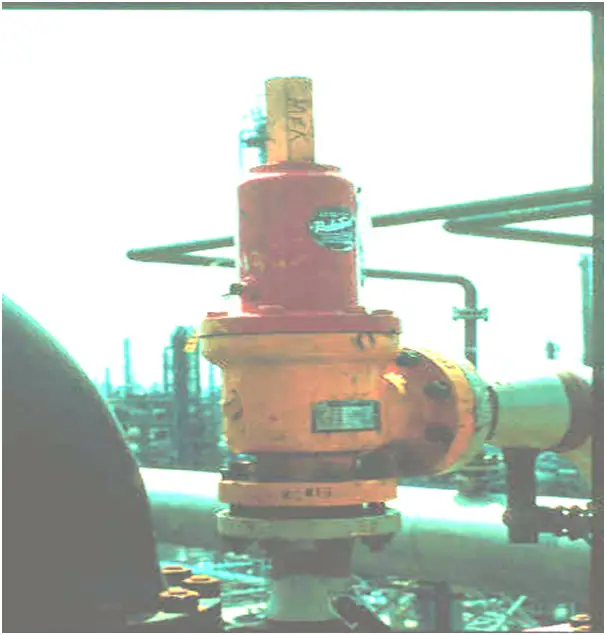



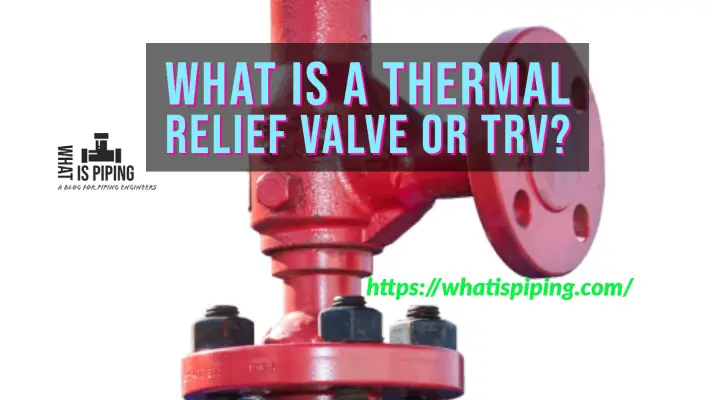
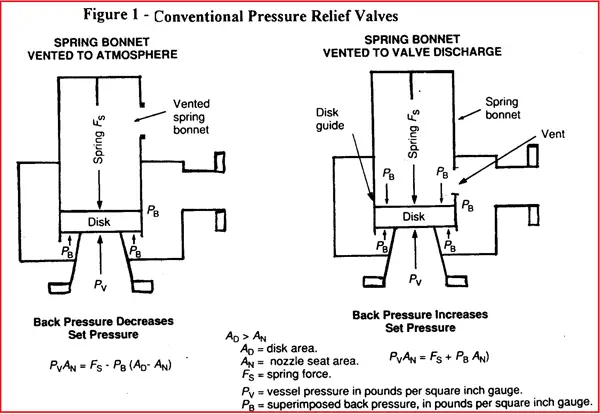
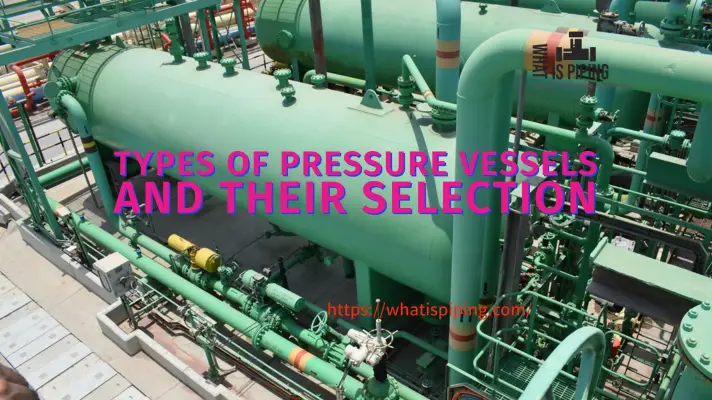
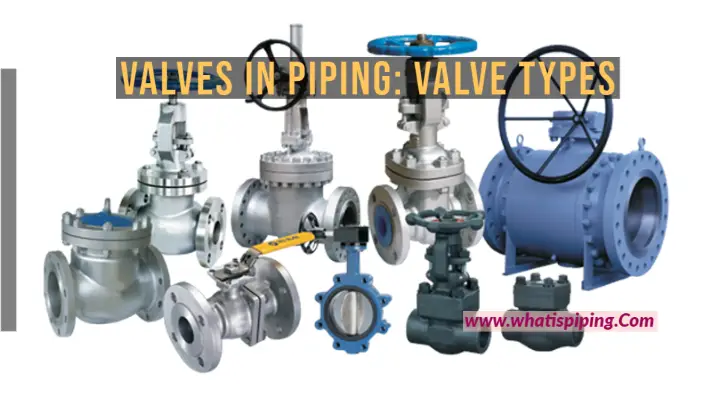
Great sharing
Hello Anup, thanks for keep posting this type of information, I have been learning a lot from all the posts. Here in Brasil we don’t have much information well explained like this. Thanks again!!
Very good blog, congrats
Good job, well done
Dear Sir,
Do we need to retest a PSV that has been stored for a long period? Does package PSV such turbine or compressor package required retesting after transportation
thanks for the post
would you please explain how and when we count bubbles?
Great Site, much appreciated,
My question is whom and what to follow when it comes to the validity of PSV certification, what standard to follow ISO or API and what are the best practices for oil and gas production plants offshore and onshore.
sir
Is it common the seat will scratch if we do pop test frequently? if that so do PSV just need to be test once or 3 times only, then ready for site installation?